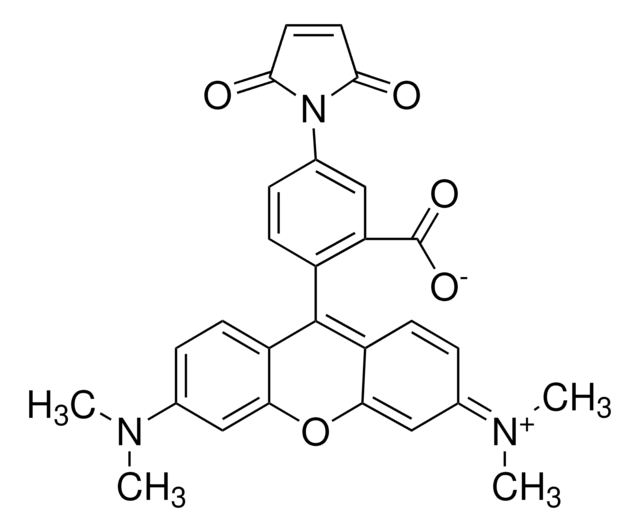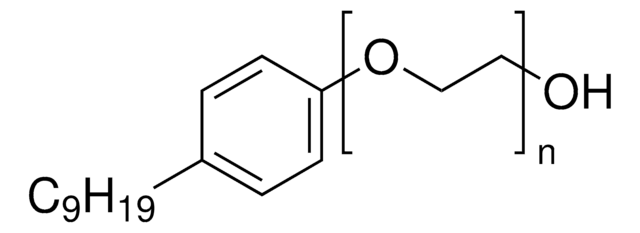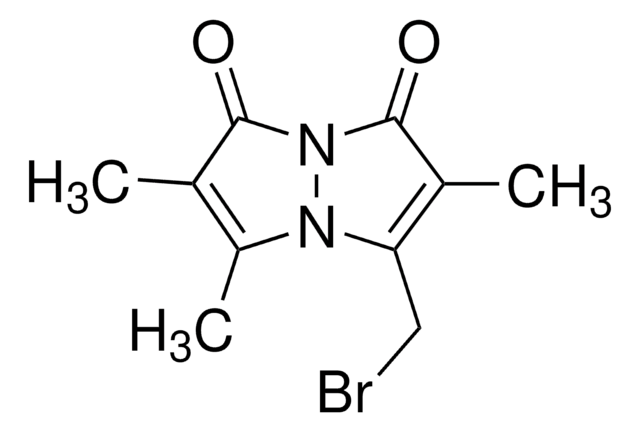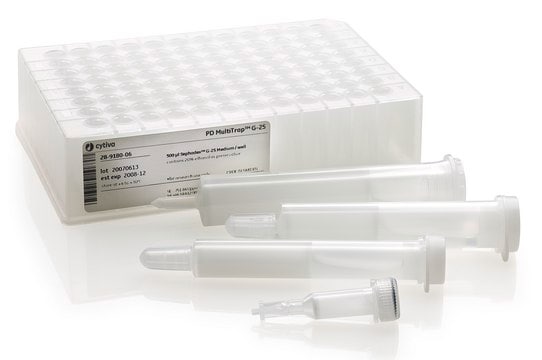38132
N-(5-Fluoresceinyl)maleimide
≥90% (HPLC), BioReagent, suitable for fluorescence
Synonym(s):
5-Maleimido-fluorescein
About This Item
Recommended Products
product line
BioReagent
Quality Level
assay
≥90% (HPLC)
fluorescence
λex 490 nm; λem 518 nm in 0.1 M Tris pH 8.0
suitability
corresponds for coupling to thiols
suitable for fluorescence
storage temp.
2-8°C
SMILES string
Oc1ccc2c(Oc3cc(O)ccc3C24OC(=O)c5cc(ccc45)N6C(=O)C=CC6=O)c1
InChI
1S/C24H13NO7/c26-13-2-5-17-19(10-13)31-20-11-14(27)3-6-18(20)24(17)16-4-1-12(9-15(16)23(30)32-24)25-21(28)7-8-22(25)29/h1-11,26-27H
InChI key
AYDAHOIUHVUJHQ-UHFFFAOYSA-N
Looking for similar products? Visit Product Comparison Guide
Related Categories
General description
Application
N-(5-Fluoresceinyl) maleimide (5-FM) is used to fluorescence label molecules such as proteins and peptides via their thiol groups.
Packaging
Not finding the right product?
Try our Product Selector Tool.
Certificates of Analysis (COA)
Search for Certificates of Analysis (COA) by entering the products Lot/Batch Number. Lot and Batch Numbers can be found on a product’s label following the words ‘Lot’ or ‘Batch’.
Already Own This Product?
Find documentation for the products that you have recently purchased in the Document Library.
Our team of scientists has experience in all areas of research including Life Science, Material Science, Chemical Synthesis, Chromatography, Analytical and many others.
Contact Technical Service







